Peason Ridge Tour 2015
By Rickey Robertson
Saturday morning May 2nd was a beautiful sunny morning for a tour of Peason Ridge. Those attending this tour began to arrive at Pine Grove Baptist church at 8:00 a.m. As the group began gathering, Rickey Robertson, the tour guide, had a large poster board map of Peason Ridge showing the many home sites, creeks, cemeteries, and historical sites located on this very historic area. He explained many of the sites that would be included in the tour. And as a surprise, General Timothy McGuire, commander of the Joint Readiness Training Center and Fort Polk arrived and gave the tour group a briefing on the mission of the Army and the live fire training on Peason Ridge. General McGuire recently became commander of this large training facility yet he has already learned of the sacrifice made by the Heritage Families of Peason Ridge and Camp Polk when they sacrificed their homes, land, and way of life so that these military facilities could be built. A great briefing before the tour group headed out on its route. Everyone loaded onto the tour vans provided by the Cultural Resources section at Fort Polk and off we went. A day of exploration and adventure began to a place heard of by many but a place never before seen!
As our tour group entered onto the Perimeter Road on the reservation we were able right off hand to see the large open grazing lands where vast herds of cattle once roamed. Right in the midst of the old grazing lands is now the Peason Forward Landing Zone and Parachute Drop Zone. Hundreds of acres of open beautiful cleared lands now used to land cargo aircraft and where paratroopers come from the skies. As we continued on we came to the Andrew Bridges home site and fields. Where Mr. Bridges once grew cotton now sits 4 barracks style buildings. In the background you can see the old sycamore trees there and looking further we saw the old fields and home site of William "Bill" Haynes. This place was known for its catabla trees and rich farm land. Also we travel through the "Haynes Village" named in honor of Mr. Haynes where various training is given to the troops.
We continued our journey and crossed the head of Anacoco Creek that flows from Sabine Parish into Vernon Parish, and on to the locations of the home sites of Robert and Lucy Moore, Coleman Owers and his old peanut patch, where sharecropper Bud and Docia Brown farmed, the location of the Jim Owers home place and on to the Merritt Cemetery. The Merritt Cemetery was one of the first cemeteries that Cultural Resources at Ft. Polk restored and placed a fence and name banner over the gateway. In this peaceful cemetery are buried Edmund Merritt and his wife and Robert Conner and his wife, both of these men being decorated Civil War heroes. After a brief visit here our tour began again with us crossing Dowden Creek and us eventually stopping at the SACON Village. Here SFC. Fields and Captain Wasek, both JRTC trainers to the troops coming in for training, explained how these buildings in this large complex were used to train units in urban warfare. SACON is special in itself. It is a mixture of special concrete mixed with shaving foam and it actually "traps" bullets and shrapnel preventing ricochets. Troops can actually be attacking one building with live fire while others attack other areas. They also explained the West Trench that is assaulted by infantry units and supporting arms. Very interesting hands on tour of this site!
Upon leaving the SACON Village we toured the Dowden/Owers/Sanders dipping vat where cattle were once dipped to prevent tick fever, the old buffalo grazing lands where vast herds of buffalo once wintered, and we stopped and visited the old plum tree in the old front yard of the William Dowden home site. And yes 74 years since moving this old tree still bears fruit!
As we passed through the Main Impact Area, the visitors were able to see the targets used by both the Army and Air Force. And they got to see exactly where all the noise, earth trembling and shaking takes place in this area filled with bomb and shell craters. As we moved out we went over the Dividing Ridge that divides the 3 watersheds of the Sabine, Red, and Calcasieu Rivers and the folks were able to see the thousands of acres of lands once grazed by hundreds and hundreds of cattle. And we had added a new area to visit. We traveled across Lyles and Sandy Creeks to the area known as the Digital Target Training Area. Here at the Spears Village Rickey Robertson was able to let everyone get out and look across this vast area and was able to show them many of the locations of the home sites of Billy and Houston Dowden and Rilla Dowden McInnis, their sister, and of J.D. Grant. The Digital Range area was special to the Peason Ridge settlers because when they settled this area they set aside 16 sections of land just for livestock grazing. No one was allowed to settle in this vast area. If someone stopped in on their westward journey and decided to settle the men would ride over and advise them of no settling there. If in 3 days they had not left, the men rode back and the squatter would be looking down the barrel of several Winchester rifles. It was time to go when you got a visit like this! This is a very beautiful area that holds some of the first history of the area beginning with the Native Americans. As we came back toward home we saw the area known as Stagestand and the area of the legend of the Stagestand Gold then we saw the Old Watering Spring where the families would camp overnight as they traveled to Leesville for supplies. The livestock could be watered and the travelers also had much needed water. As we got closer to home we slowed on Eagle Hill. There was construction work going on there for a new radio towers. Eagle Hill once had an elevation of over 250 feet. Our last stop was at the Peason Memorial Park. The entire tour group got to view both historical markers at the park and the many photographs in the kiosks located there. When we got back to Pine Grove Baptist Church everyone was excited about the tour even though we just visited a portion of the vast area of Peason Ridge. With the tour so successful , Cultural Resource personnel began planning another tour for the future! And those visitors from Sabine Parish got to see firsthand that our parish is directly involved in this military training area.
This land is filled with history beginning with the Native Americans and the first settlers who came into the area in 1818. History was made here during the 1941 Louisiana Maneuvers, heartbreak followed as the settlers and homesteaders, and sharecroppers were forced to leave their beloved homes and farms in 1942, and history is still being made by the military units training on these old farms and home sites of our ancestors as they continue to fight for our freedom throughout the world. The best trained units in the US Army train here on Peason Ridge. As a Heritage Family Member I have close ties with the land and with the Army who now is the steward of the land. We must never forget the sacrifice made by these Heritage Families as they gave up a way of life for our freedom.
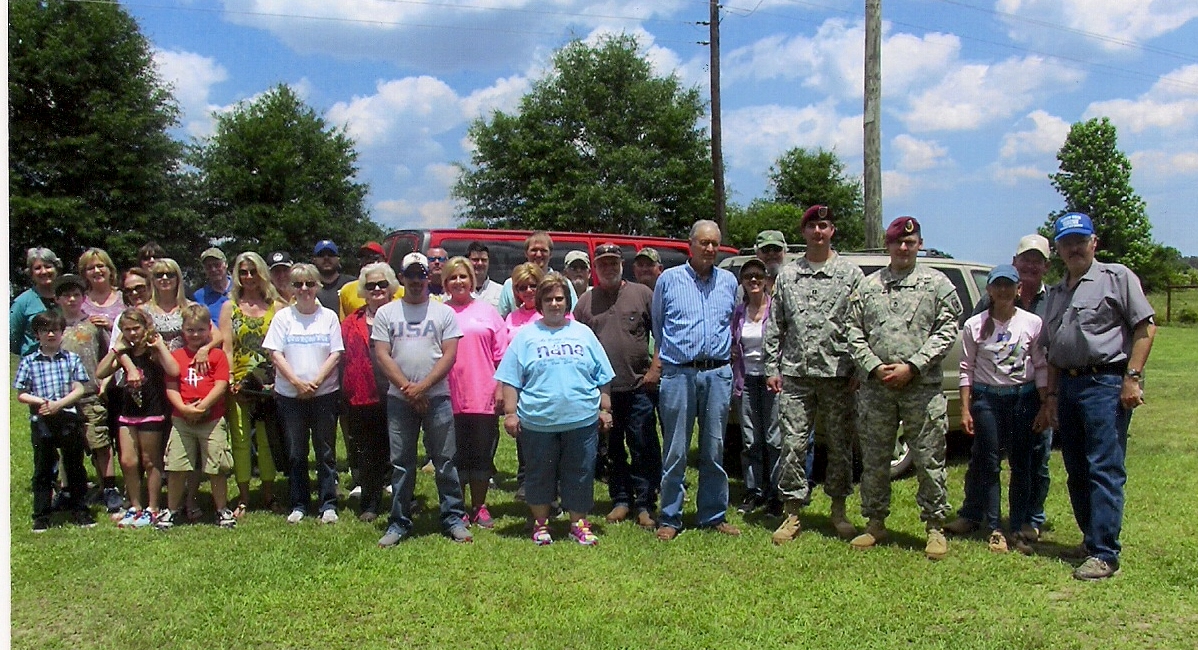
A large group attended the Peason Ridge Tour on May 2nd and had a great tour of this historic area. (Robertson Collection)
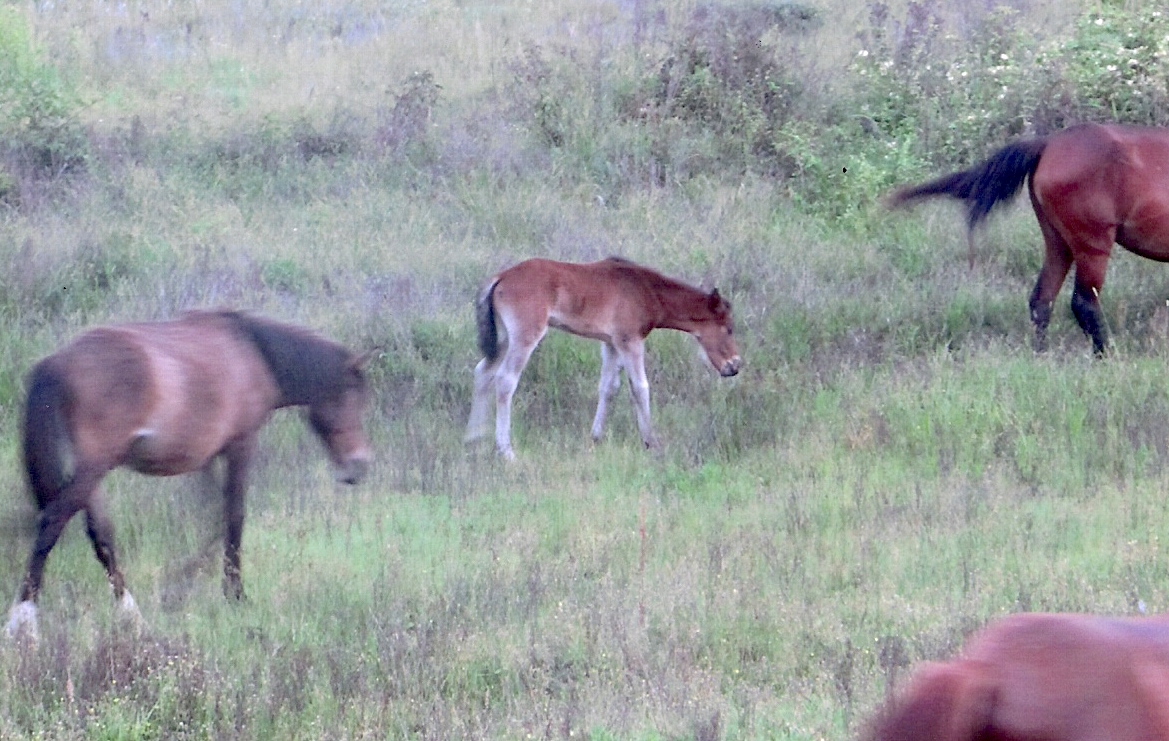
Visitors on the Peason Ridge Tour were able to see many of the wild horses who reside there. They got to see this newborn colt and its mother. (Robertson Collection)
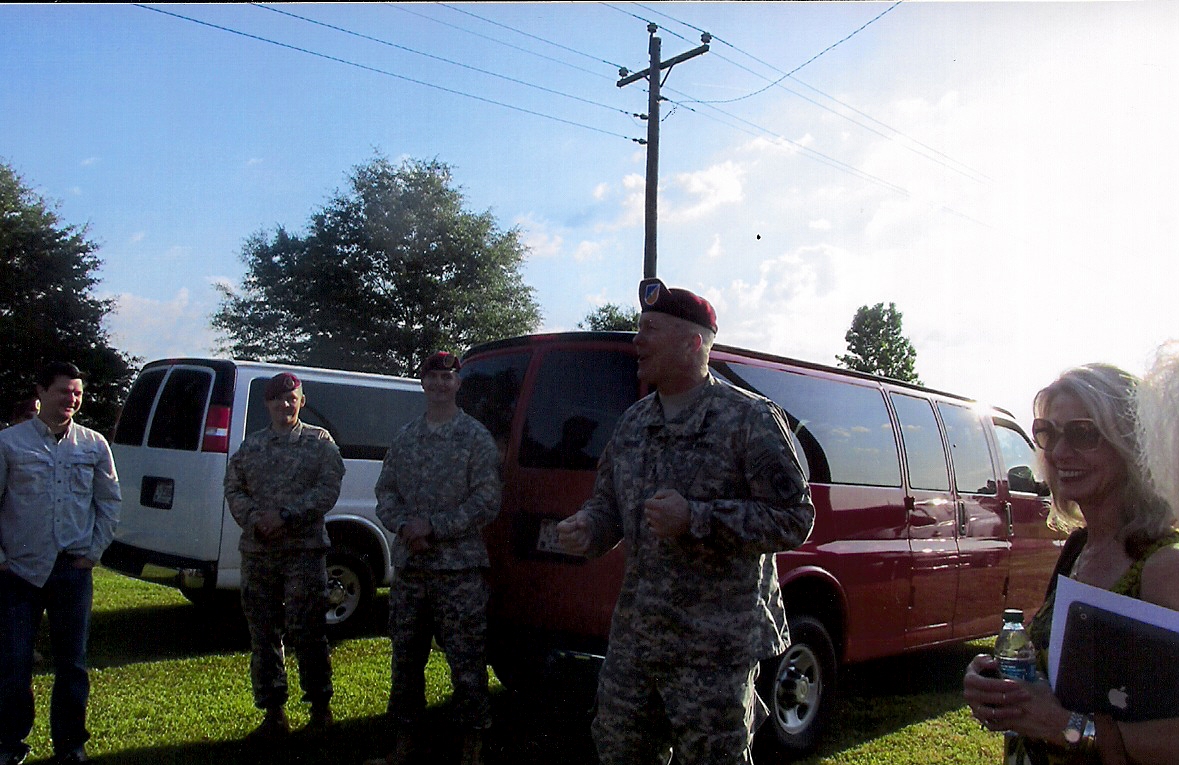
Brigadier General Timothy McGuire, commander of the Joint Readiness Training Center and Ft. Polk addressed the tour group prior to the beginning of the tour. (Robertson Collection)
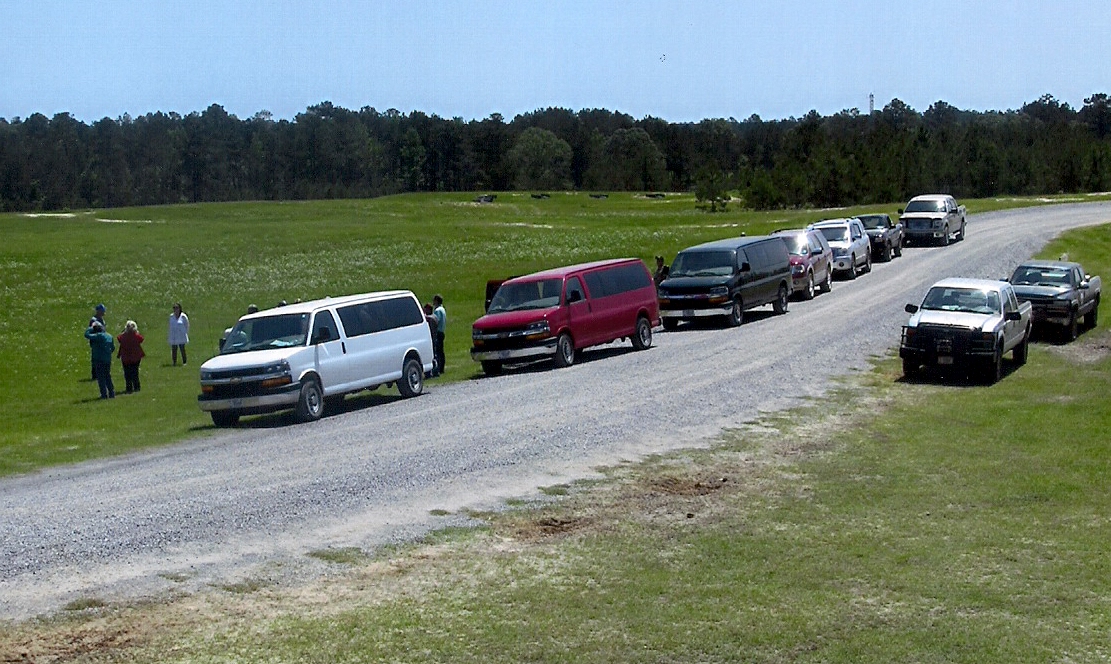
View of the large tour group as they visited the Digital Target Area on Peason Ridge. Tour vans are provided by Cultural Resources Section at Fort Polk. (Robertson Collection)
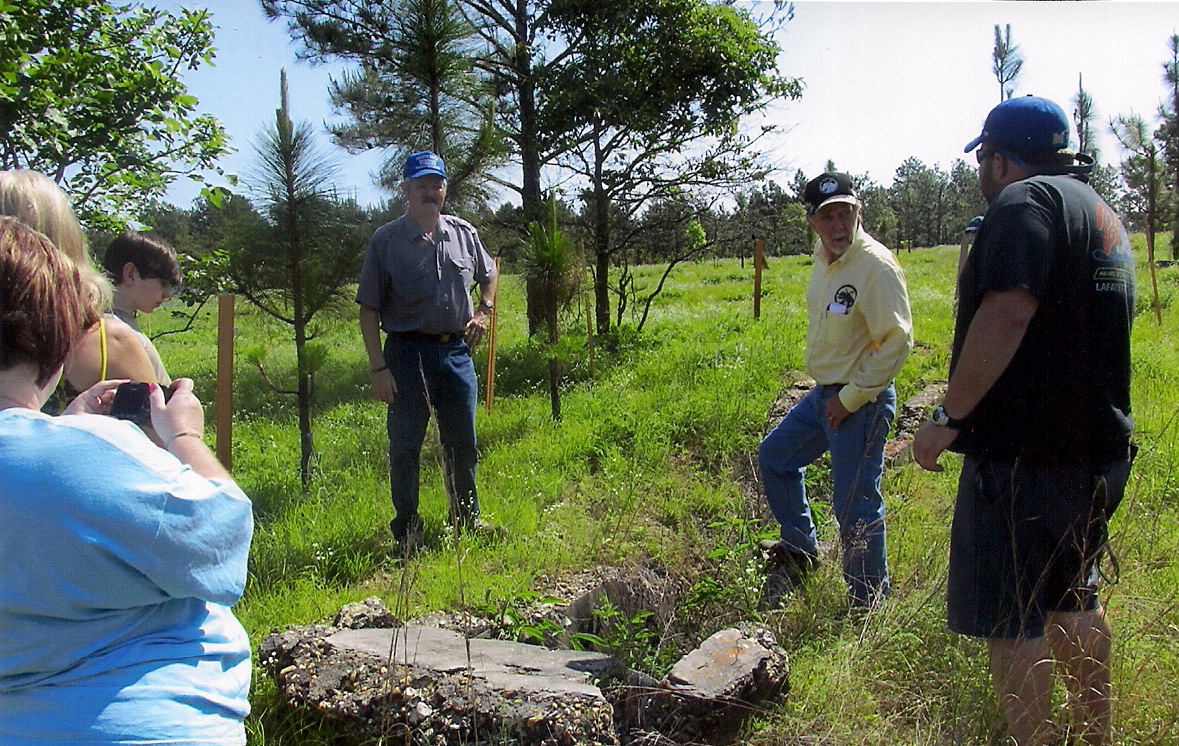
Tour guide Rickey Robertson showing the group the remains of the Dowden/Owers/Sanders Dipping Vat located on Peason Ridge used during the 1920's and 1930's. (Robertson Collection)
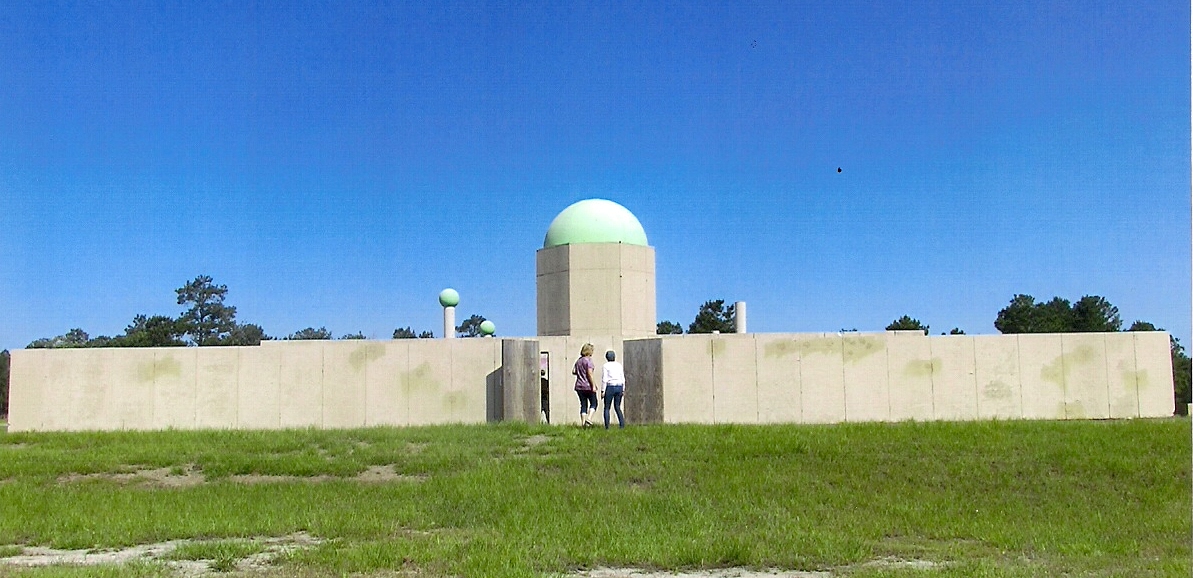
Part of the SACON Village where urban combat training is conducted by the US Army. (Robertson Collection)
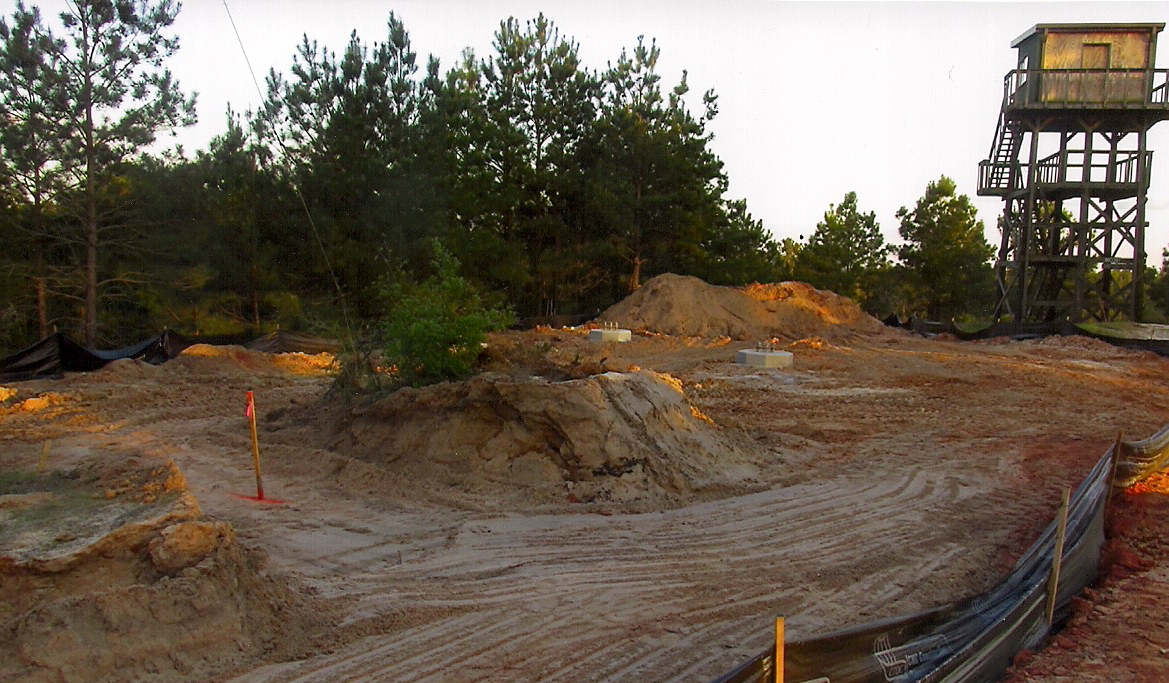
Those on the tour were able to see construction on the top of Eagle Hill by the US Army. (Robertson Collection)
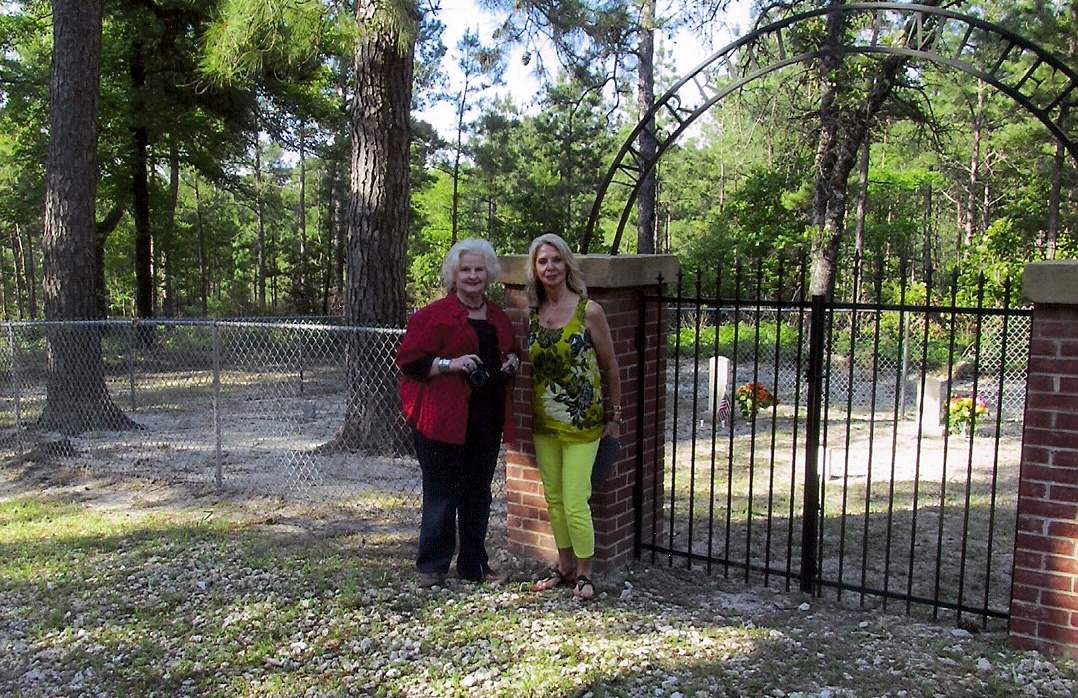
Mary Brocato and Gay Corley, both of Many, La. at the Merritt Cemetery located on Peason Ridge. (Robertson Collection)
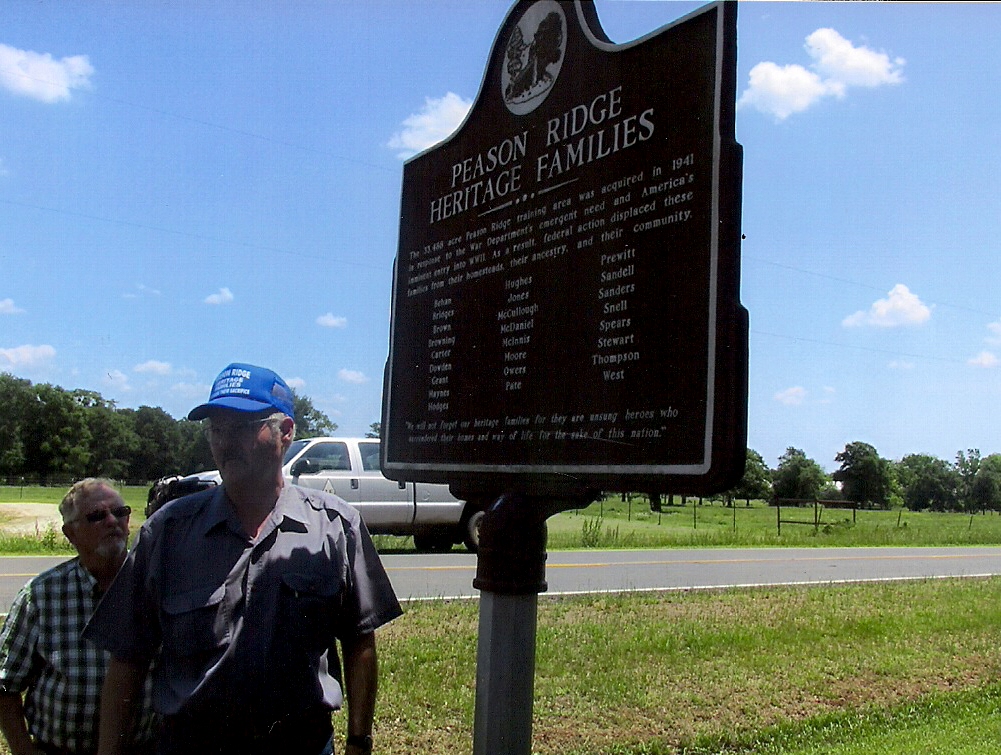
Rickey Robertson shows the tour group the historical marker at Peason Memorial Park on Hwy. 118 in honor of the Peason Ridge Heritage Families. (Robertson Collection)

A group of the Peason Ridge wild horses. The blood lines of these horses go back to the cavalry mounts of the US Army who came into this area in 1941. (Robertson Collection)